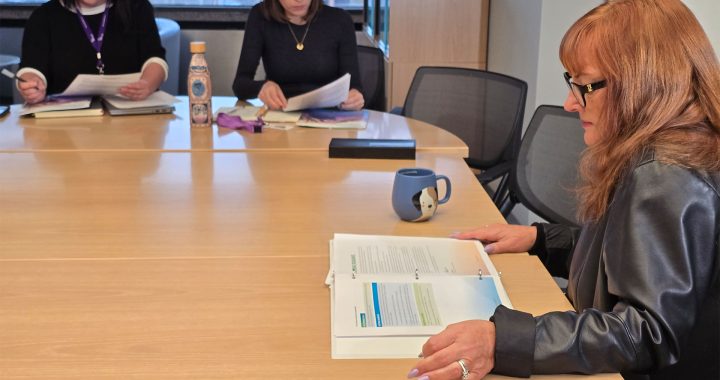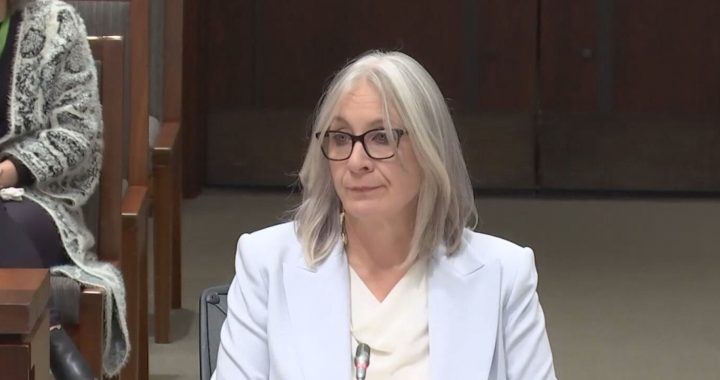The Statistics Canada study found that one in five First Nations children aged two to five and living off-reserve could understand an Aboriginal language.
The federal agency said that Cree and Ojibway languages were understood by the largest number of children.
The study was based on data from the 2006 Aboriginal Children’s Survey.
According to the 2006 census, there were 57,110 First Nations children aged between two and five living on and off reserve across Canada.
The federal agency also found that 98 per cent of off-reserve children who understood an Aboriginal language also knew a non-Aboriginal language. English and French were the primary languages spoken in the homes of 90 per cent of off-reserve First Nations children, the study said.
The federal agency reported that about one in 10 off-reserve First Nations children were spoken to primarily in an Aboriginal language at home and eight per cent had a mix of an Aboriginal tongue along with English and French. Only one per cent of children were spoken to exclusively in an Aboriginal language.
The study found that being exposed to an Aboriginal language daily at home, having child care arrangements where an Aboriginal language is used, having at least one parent who spoke an Aboriginal mother tongue or having parents who believed in the importance of Aboriginal languages increased the likelihood that a child would develop the ability to speak a traditional tongue.
Frequent hunting, camping, fishing and trapping activities were also found to be linked to a child’s ability to speak an Aboriginal language, the study found.









